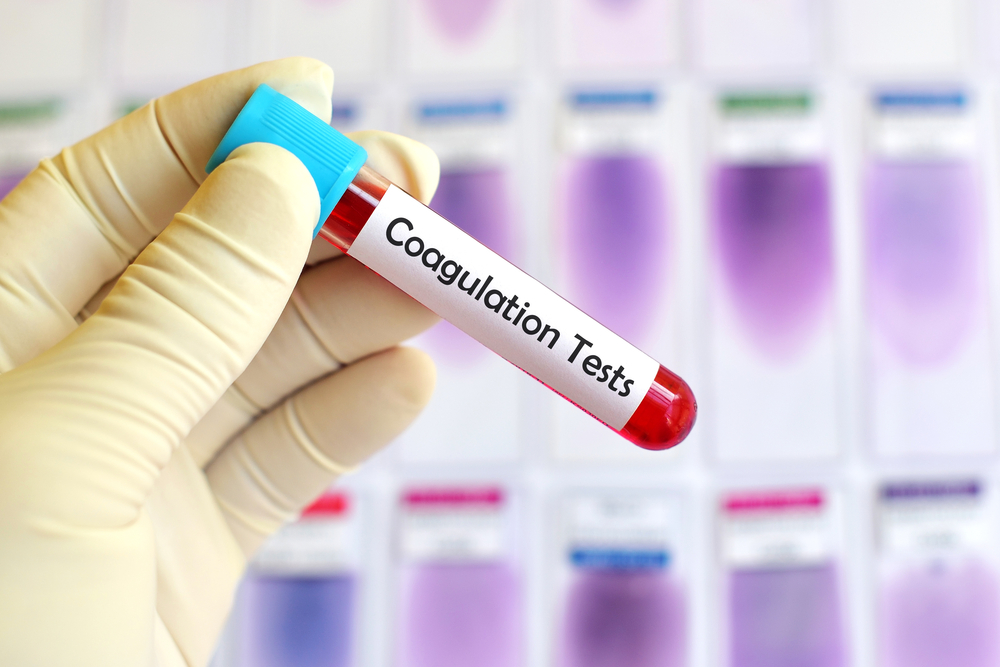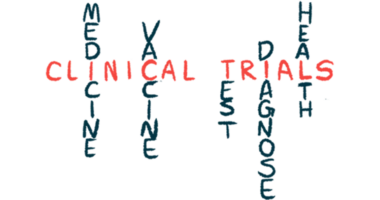Blood Thinner Linked to Onset of Acquired Hemophilia A in Heart Patient

Treatments with anti-coagulation drugs such as Brilinta (ticagrelor) may trigger acquired Hemophilia A (AHA) in adults. This finding was reported by Italian doctors after a patient on Brilinta was hospitalized with a hemorrhage.
The study, “Acquired Hemophilia A May Be Associated with Ticagrelor Therapy in a 52-Year-Old Man After a Recent Percutaneous Transluminal Coronary Angioplasty,” was published in the journal Clinical Medicine Insights: Case Reports.
Acquired hemophilia A is a rare bleeding disorder that develops when the person’s immune system turns against a protein called factor VIII (FVIII), essential to the wound-healing process. This disease occurs in individuals with no family history of hemophilia, and in most cases — although not this one — affects older adults (above 60) of either sex.
Although the causes for the onset of AHA remain elusive, several studies have suggested that it may be triggered by anti-coagulation drugs such as Plavix (clopidogrel) and Coumadin (warfarin). The combination of Plavix or Brilinta with aspirin (a therapy called dual antiplatelet therapy, or DAPT) is commonly given to prevent the aggregation of platelets and formation of blood clots in patients with acute coronary syndrome.
Brilinta is a FDA-approved blood thinner for cardiac patients that works more quickly and strongly than Plavix, and, in clinical trials, resulted in no significant side effects other than bleeding.
Brilinta was first suspected as a triggering factor for AHA after a 52-year-old man, who had undergone heart surgery and had been prescribed DAPT (aspirin 100 mg/day and Brilinta 180 mg/day), was admitted to a hospital with right leg pain due to bleeding.
After extensive analyses, the doctors found no other disorders and diagnosed AHA. The patient promptly received prednisone (100 mg) and cyclophosphamide (90 mg/day treatment) to control the immune response against FVIII and to normalize the levels of this protein. The doctors did not interrupt DAPT, however, as doing so could increase the risk of thrombosis.
After 10 days, the patient showed improvement. The prolonged activated partial thromboplastin time (APTT), a measure of blood clot formation, decreased (from 107 to 49 seconds). His FVIII levels also gradually normalized over the following few weeks, and the concentration of FVIII inhibitor was negative. These parameters were analyzed as the dosage of cyclophosphamide and prednisone was gradually reduced, but Brilinta therapy was continued for one year, in accordance with the cardiologist prescription given the patient.
“In this case, we report a patient diagnosed as having developed ticagrelor-associated AHA,” the doctors wrote. “Even though, to the best of our knowledge, no other such cases have been reported, our hypothesis is supported by several factors.”
One important point is that the patient developed a severe bleeding disorder one month after starting Brilinta, when, before taking this drug, his laboratory and clinical examinations were repeatedly normal.
The team considers the short time between the start of Brilinta and AHA onset, the patient’s prompt response to immunosuppressant treatment, and the exclusion of other diseases are in agreement with their hypothesis.
“[D]rugs such as clopidogrel or warfarin might well mask the correct diagnosis of AHA. Therefore, for elderly patients on clopidogrel or warfarin therapy presenting with unusual/unexplained bleeding, not only the treatment but also the possibility of AHA should be carefully investigated,” the researchers concluded.






